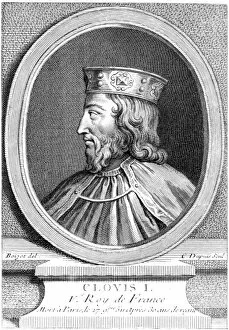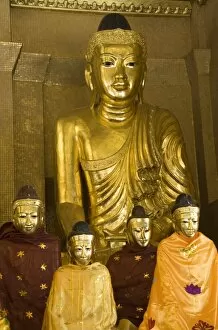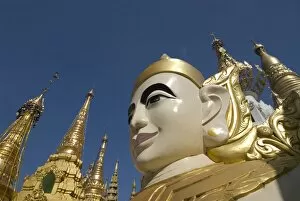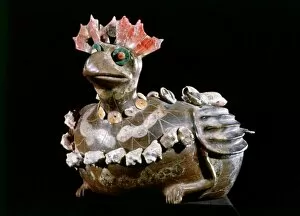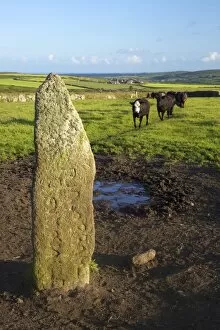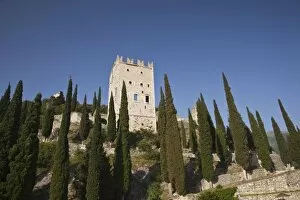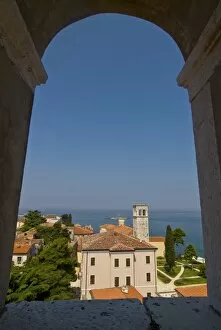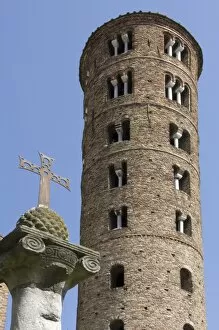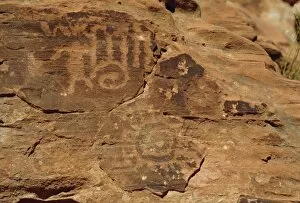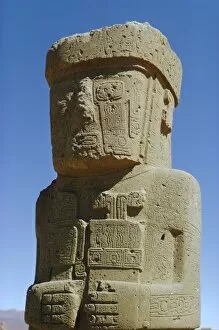6th Century Collection (page 52)
The 6th century was a time of great historical significance, as depicted by various artifacts and artworks from that era
For sale as Licensed Images
Choose your image, Select your licence and Download the media
The 6th century was a time of great historical significance, as depicted by various artifacts and artworks from that era. The Map of Britain in 597 AD provides us with a glimpse into the geographical landscape of the time. Meanwhile, Saint John Climacus, an influential figure during this period, is portrayed at the top rung of his Ladder of Heavenly Ascent in a late 12th-century icon. In Israel's Beit Alpha Synagogue, a mesmerizing Zodiac mosaic from the 6th century captivates viewers with its intricate design and symbolism. Similarly, the Madaba Mosaic Map found in Jordan's Greek Orthodox Basilica of Saint George showcases the oldest known map of Jerusalem dating back to this era. Emperor Justinian I played a significant role during this time as ruler of the Byzantine Empire. His reign left an indelible mark on history and is often referred to as Justinian the Great. Archaeological discoveries also shed light on daily life during this period. An Anglo-Saxon brooch discovered in Kent exemplifies their unique craftsmanship and style. A pottery cremation urn unearthed at Loveden Hill in Lincolnshire further reveals burial customs prevalent during these times. Religious sites such as Armenia's Khor Virap Monastery provide insight into spiritual practices during this era while offering breathtaking views of Mount Ararat.




